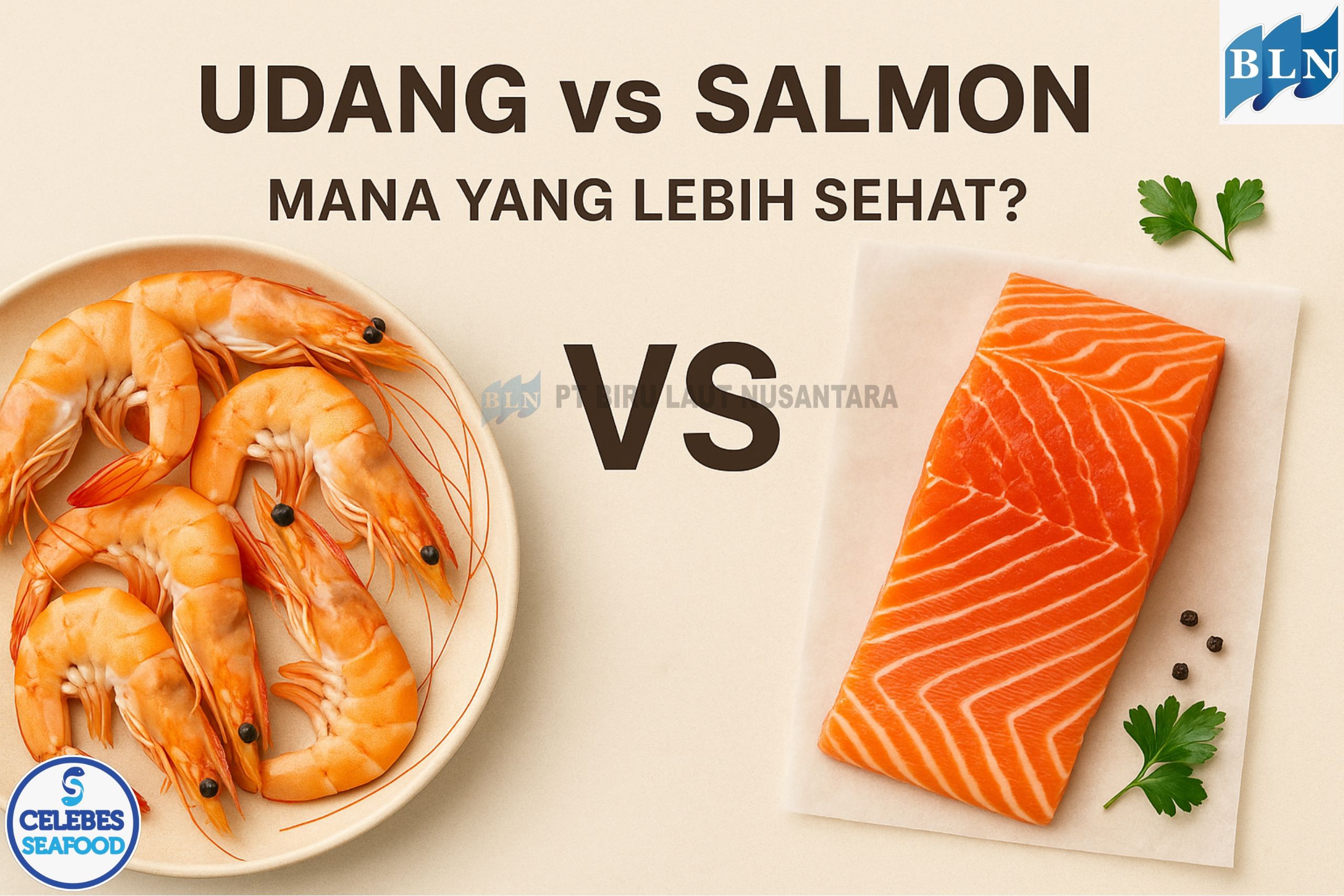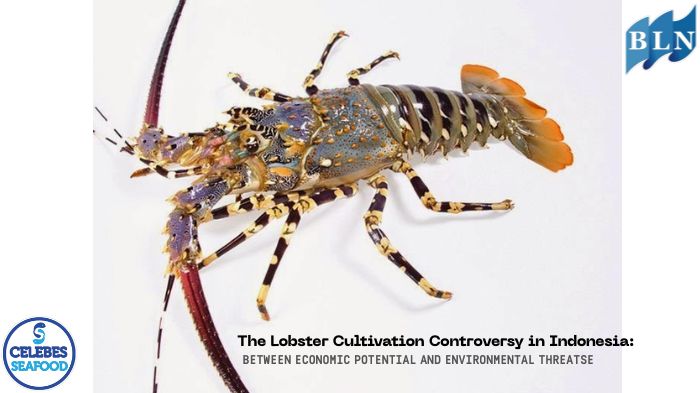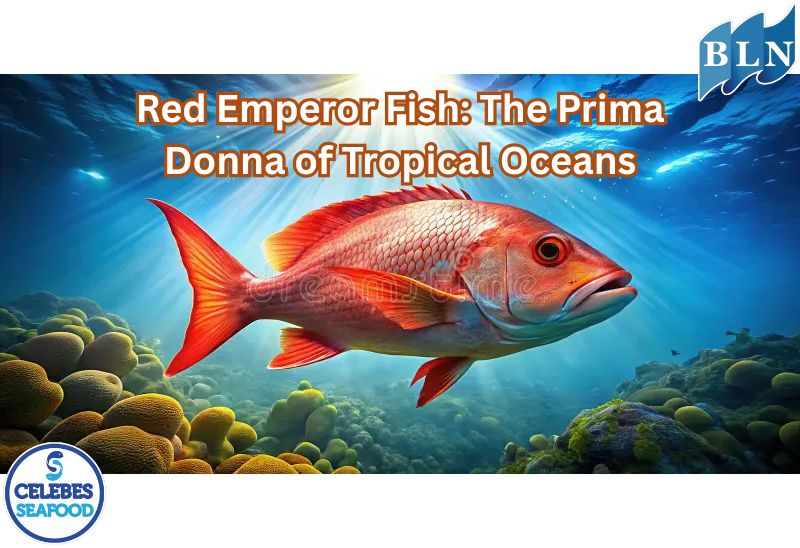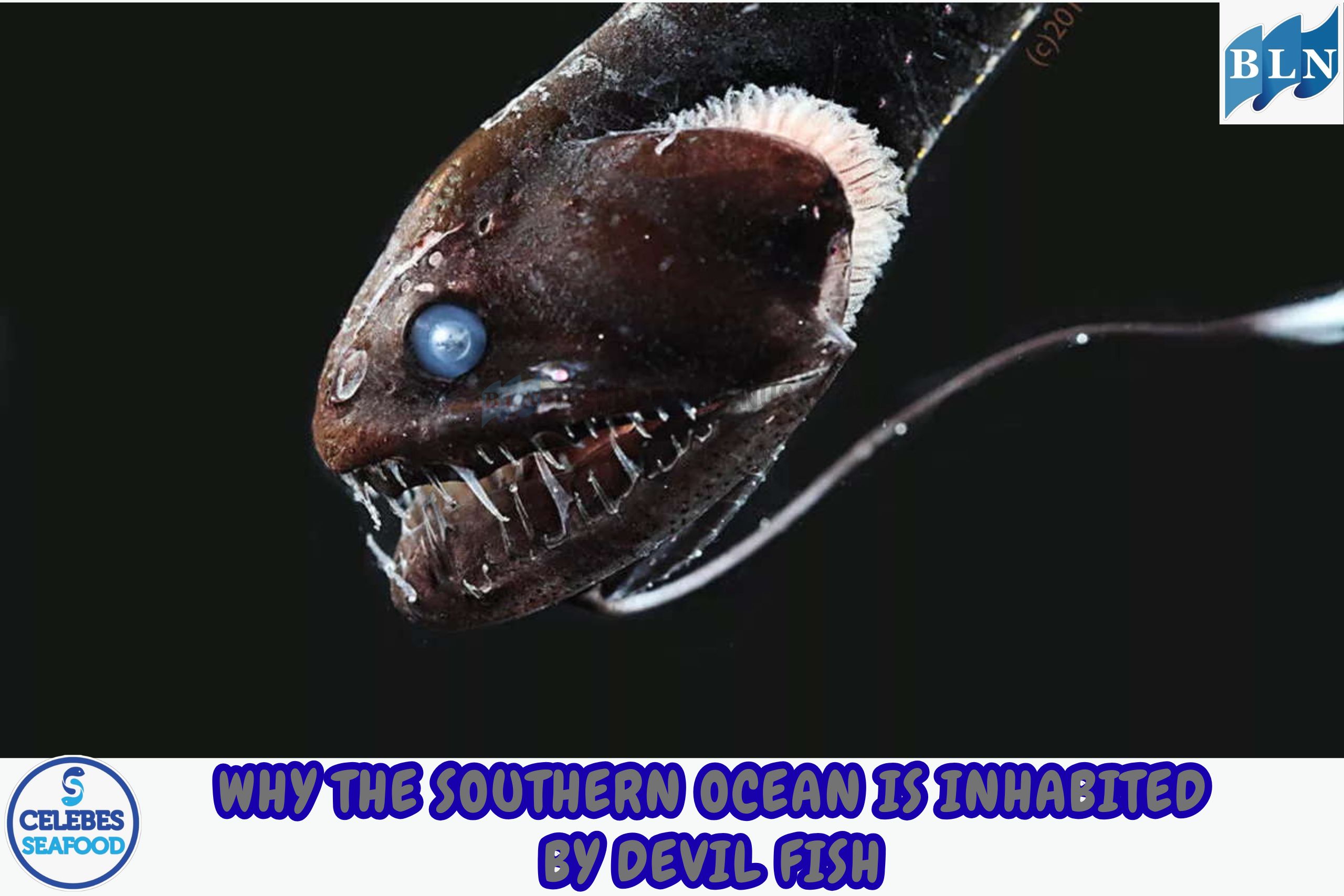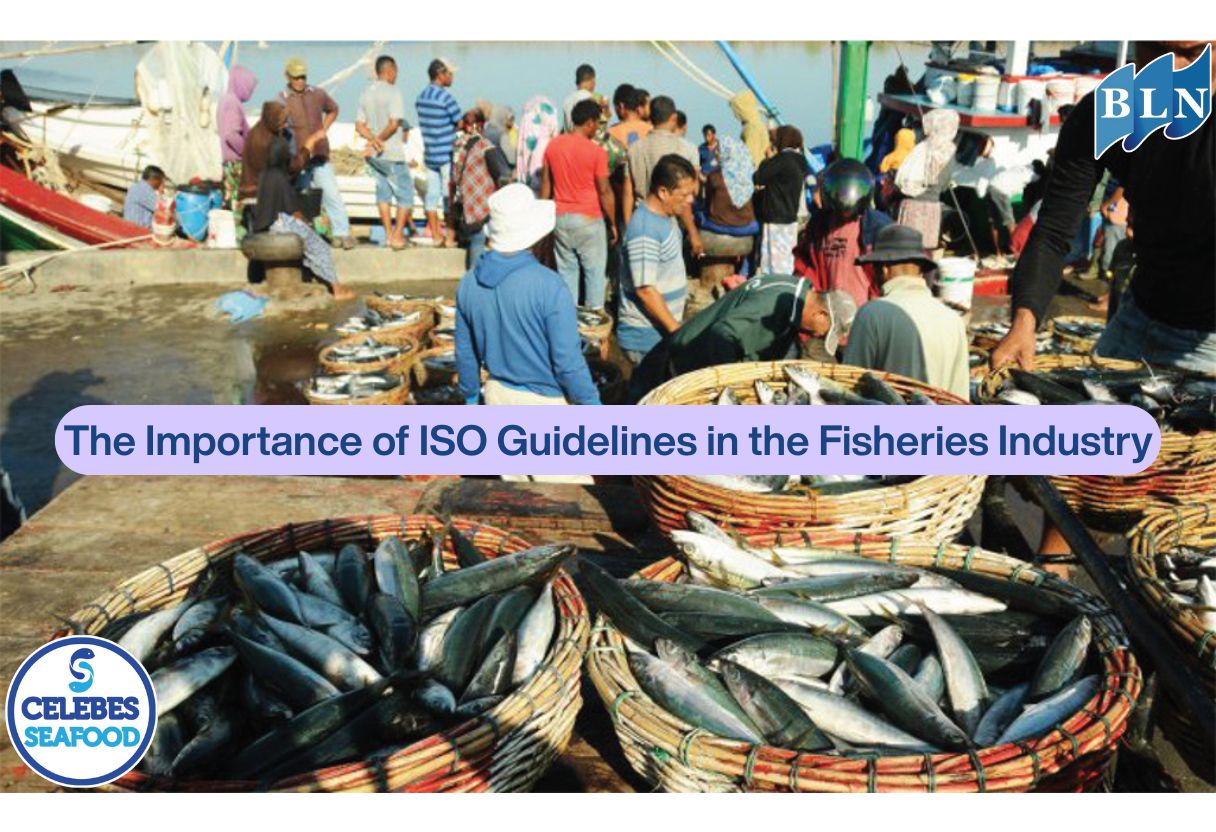The Mystery of Skipjack Tuna Migration: A Tale of Ocean Explorers
By. Rani - 19 Jul 2025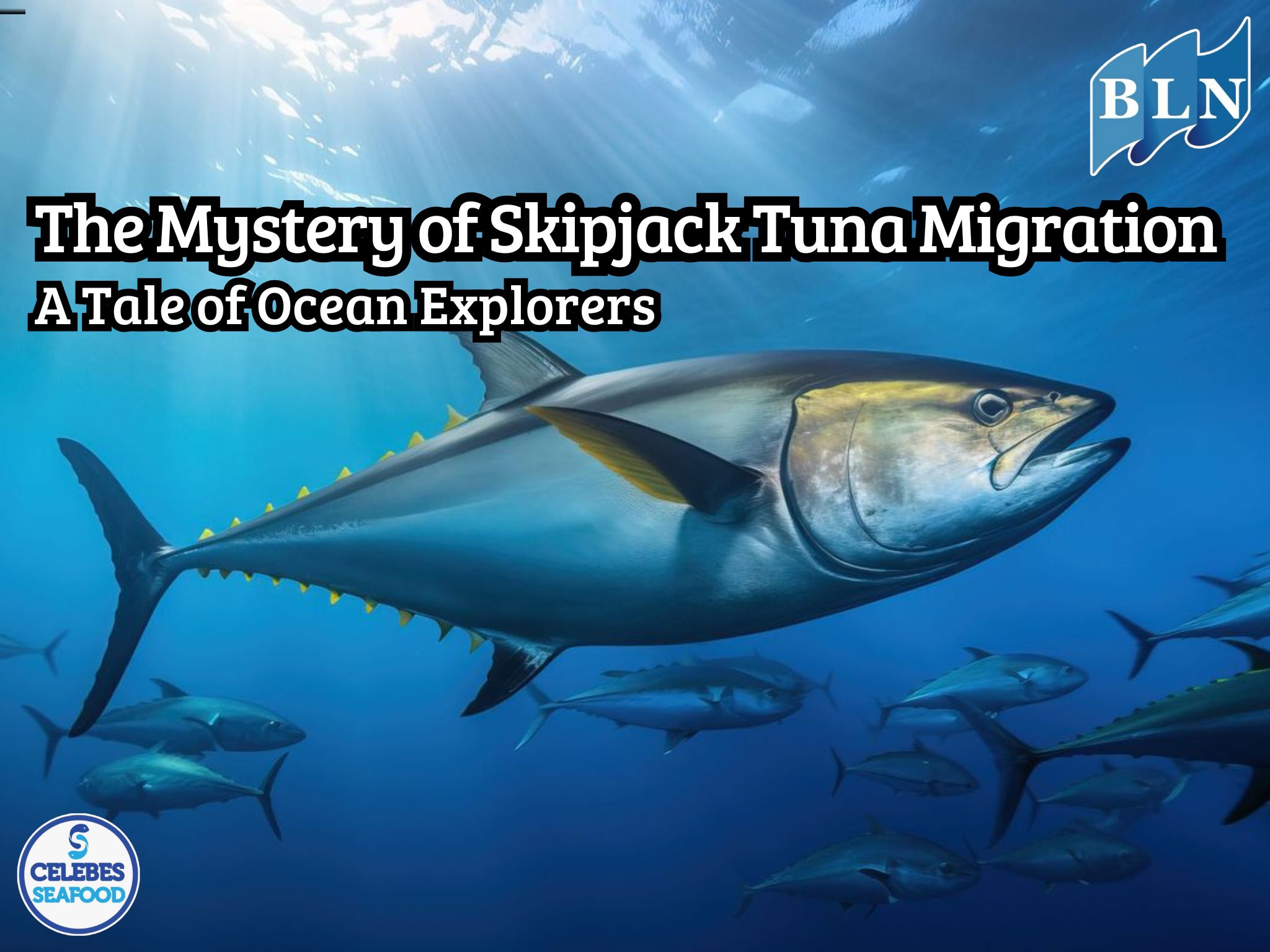
lautnusantara.com The skipjack tuna (Katsuwonus pelamis) is one of the most abundant and economically important small pelagic fish species in the world. However, beyond its commercial value lies a natural phenomenon that still holds many mysteries: the migration of skipjack tuna. They are true ocean explorers, traversing thousands of kilometers in complex and dynamic patterns that scientists continue to study to this day.
Why Do Skipjack Tuna Migrate?
Migration in skipjack tuna is driven by several key factors essential for the survival of their species:
- Search for Food: Skipjack are voracious predators that feed on small fish, crustaceans, and squid. The availability of prey varies seasonally and geographically. Therefore, they move to find areas with high concentrations of food.
- Reproduction (Spawning): Skipjack are known to reproduce year-round in warm tropical waters. However, there are specific areas where environmental conditions are ideal for mass spawning. Migration allows them to reach these locations.
- Optimal Environmental Conditions: Water temperature, salinity, and oxygen availability are crucial factors. Skipjack will migrate to waters that offer the best environmental conditions for their growth and survival. Climate change and oceanographic phenomena like El Niño or La Niña can also influence their migration patterns.
Complex Migration Patterns
Although seemingly random, skipjack migration follows certain patterns influenced by major ocean currents and water productivity:
- Trans-Oceanic Migration: Skipjack in the Pacific Ocean, for example, undertake long-distance migrations between the nutrient-rich Western Pacific waters (primary spawning grounds) and the productive Eastern Pacific (feeding grounds). Similar patterns are observed in the Indian and Atlantic Oceans.
- Daily Vertical Migration: In addition to horizontal movements, skipjack also exhibit daily vertical migration. They tend to stay in the surface layers of the water at night or early morning to feed, and dive to deeper depths during the day, likely to avoid predators or find comfortable temperature zones.
- Aggregation Around FADs: Skipjack tuna are often found aggregating around natural floating objects (like logs or seaweed) or artificial Fish Aggregating Devices (FADs). This behavior may be related to foraging or predator avoidance, and it has influenced fishing strategies.
Read Also : Prospects for Utilizing Threadfin Bream in the Seafood Processing Industry
Challenges in Studying Migration
Studying skipjack migration is a complex task for several reasons:
- Vast Distances: They traverse extremely large areas, making individual tracking difficult.
- Large and Dynamic Populations: Skipjack numbers are vast, and their populations are constantly on the move.
- Expansive Environment: The vast and deep ocean is difficult to monitor comprehensively.
However, advancements in technology such as satellite tagging, genetic analysis, and oceanographic modeling have greatly assisted in revealing the details of their migration patterns. Data from satellite tagging allows researchers to track the movements of individual skipjack in real-time, providing valuable insights into migration routes, speeds, and depths.
Importance of Understanding Migration
A deep understanding of skipjack migration is crucial for:
- Sustainable Fisheries Management: As skipjack are a primary target of the global tuna fishing industry, knowing their migration patterns helps in setting appropriate catch quotas, regulating fishing seasons, and protecting fish stocks.
- Conservation: Identifying important migration routes and spawning grounds aids in the establishment of marine protected areas.
- Impact of Climate Change: Understanding how changes in sea temperature and currents affect skipjack migration can help predict future shifts in their distribution.
The migration of skipjack tuna is a reflection of the dynamics and complexity of marine ecosystems. Every journey they undertake is part of an ongoing "tale of ocean explorers," and unraveling its mysteries is a vital step toward maintaining the health of our oceans for the future.
If you are interested in our Goldband Snapper Fillet Skin On, Goldband Snapper Fillet Skinless please do not hesitate to contact us through email and/or whatsapp.
